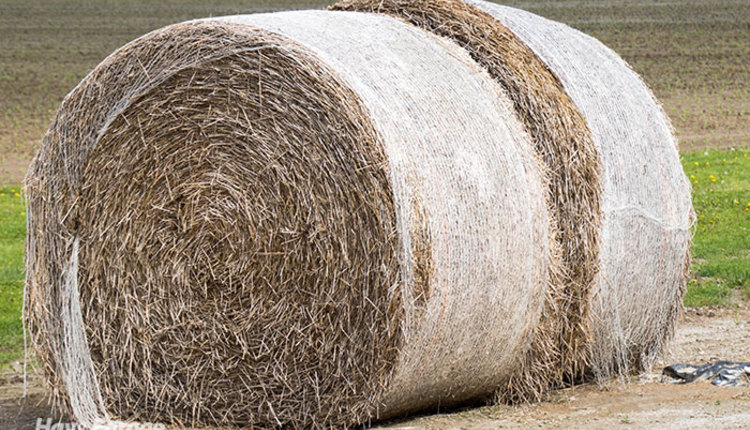
If hay inventories are currently tighter than you’d like them to be, don’t wait until spring and be staring at an empty barn. Although it may be too late to implement some mitigation strategies, others are still in play. Jeff Lehmkuhler, a beef extension specialist with the University of Kentucky, recently offered the following tips for stretching existing forage supplies this year and into the future:
1. Inventory hay – Know how much hay you have available. Weigh a few bales to get an average weight or estimate the weights based on available information in numerous online resources.
2. Minimize storage losses – Keep hay off the ground and on a surface with good drainage. The preferred approach is to keep bales covered or stored inside a barn. If bale grazing, limit the number of bales placed in the field to provide two to four weeks of feeding and reduce weathering losses.
3. Reduce feeding loss – Consider minimizing feeding losses, using hay rings with solid skirts on the bottom, tapered ring designs, chains to suspend bales, or cone inserts to keep hay inside the feeder. All of these practices have been proven to reduce hay feeding losses compared to open-bottomed rings. Use an electrified temporary polywire placed down the center of unrolled hay to reduce losses from cows laying on the hay, trampling it into the mud, and/or defecating on the hay. Feeding processed hay in a bunk or large industrial tire reduces waste compared to feeding processed hay on the ground.
4. Cull animals– Consider selling less productive females, open cows, and cows with structural or functional issues to reduce the number you must overwinter. Consider selling bulls, as the market may provide the opportunity to sell a mature bull and replace him with a younger bull next spring.
5. Limit time access to hay – Research has shown that dry cows in mid-gestation can be maintained on good-quality hay when they have restricted access time of only six to eight hours per day. The hay savings comes from less waste, as feeding behavior is altered. All cows must be able to access hay at any given time, so this is not recommended for young or thin cows, lactating cows, or growing animals.
6. Substitute hay with grain – Calories and protein can be provided from supplements, using grain or commodity mixes to replace hay. Cows can be maintained on a low-hay diet by using grain supplementation that balances the nutrient supply and animal requirements. Consult a nutritionist before making extreme feeding changes.
7. Deworm young animals – Animals with an internal parasite burden will have reduced efficiency.
8. Feed an ionophore – If grain supplementation will be used, consider adding an ionophore to boost the energy efficiency of the feed consumed. Consult your nutritionist to discuss inclusion rates and develop a supplement program. Previous work has shown that feeding 200 milligrams (mg) of monensin allowed cows to maintain body condition on 10% to 15% less hay.

